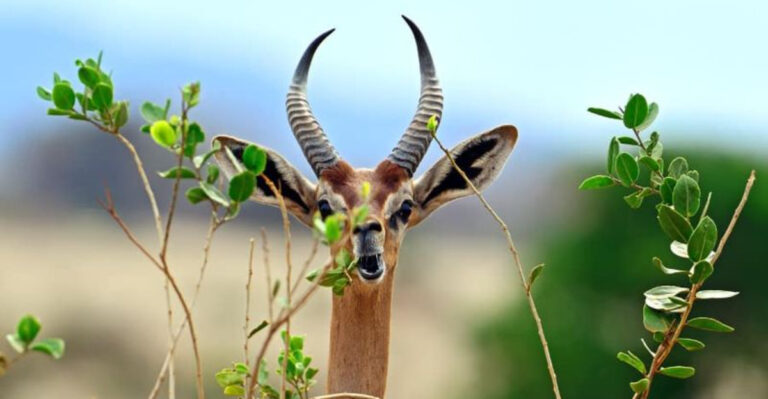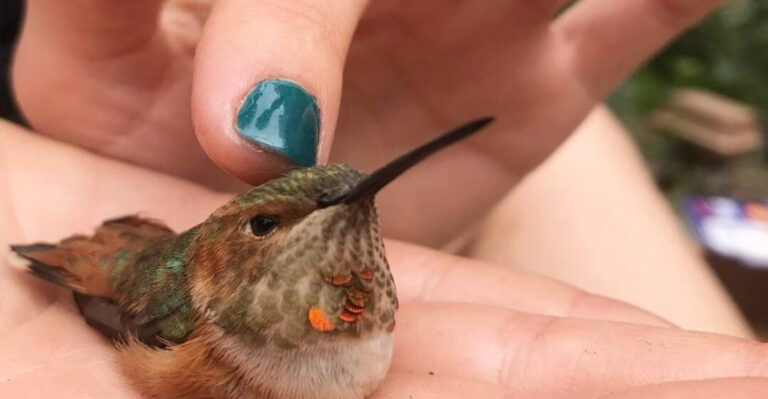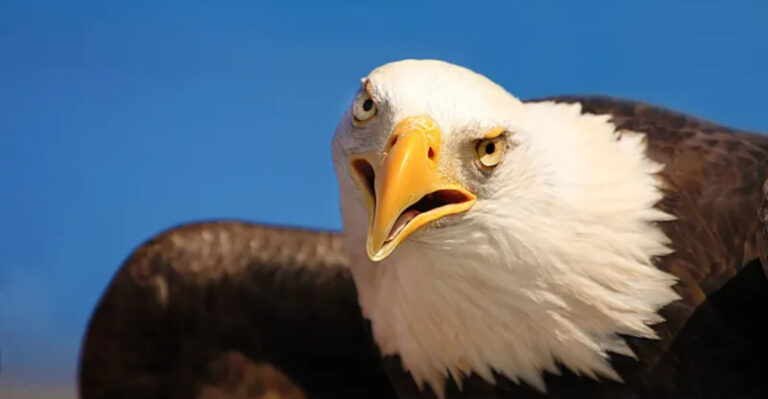10 Most Dangerous Animals In America (And 4 Surprisingly Gentle Species That Are Often Misunderstood)
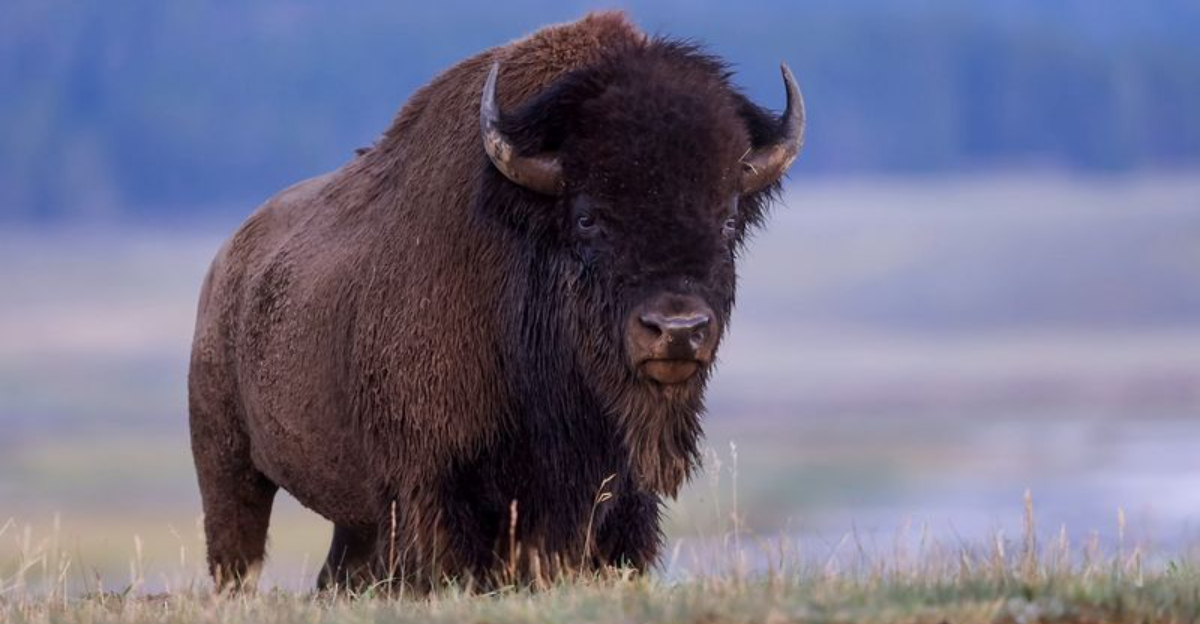
America’s wilderness harbors creatures both fascinating and fearsome. While some animals deserve their dangerous reputation, others are unfairly feared despite their gentle nature.
Understanding which animals truly pose threats and which are harmless can help us coexist safely with our wild neighbors and appreciate the diverse wildlife that calls America home.
1. American Black Bear
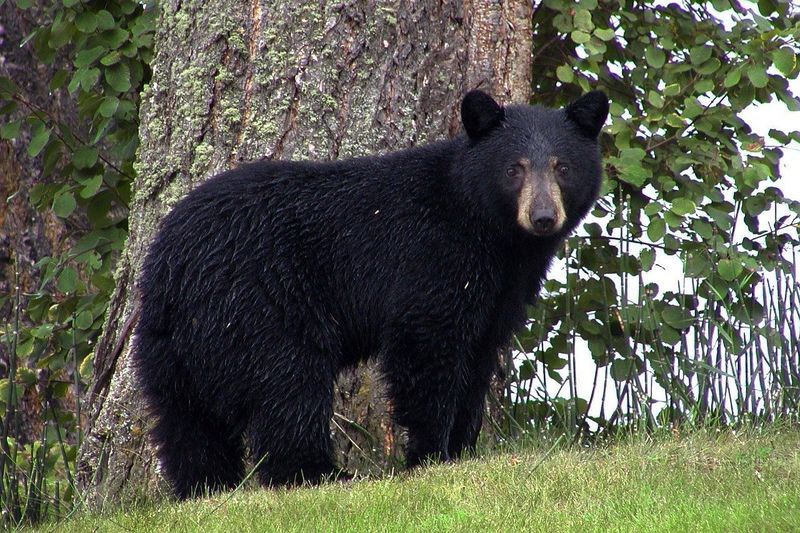
Standing up to 6 feet tall and weighing over 500 pounds, these powerful omnivores command respect in the wild. Most bear encounters end without incident as they typically avoid humans.
However, mother bears protecting cubs or bears surprised at close range can become aggressive. Their powerful jaws and claws make them formidable when threatened.
2. Eastern Diamondback Rattlesnake
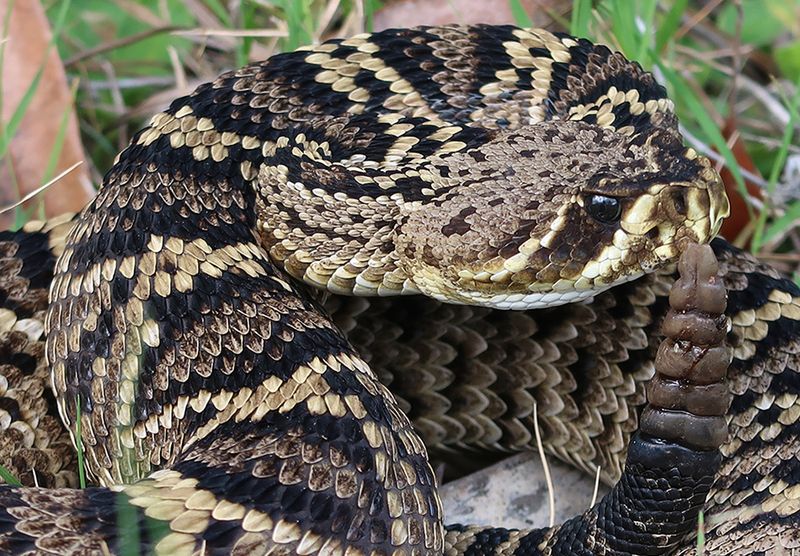
Sporting distinctive diamond patterns and capable of growing up to 8 feet long, this rattlesnake packs a deadly punch. Its hemotoxic venom destroys tissue and prevents blood from clotting.
Without prompt medical attention, bites can cause severe pain, internal bleeding, and even death. Fortunately, these serpents prefer to warn with their iconic rattle before striking.
3. Saltwater Crocodile
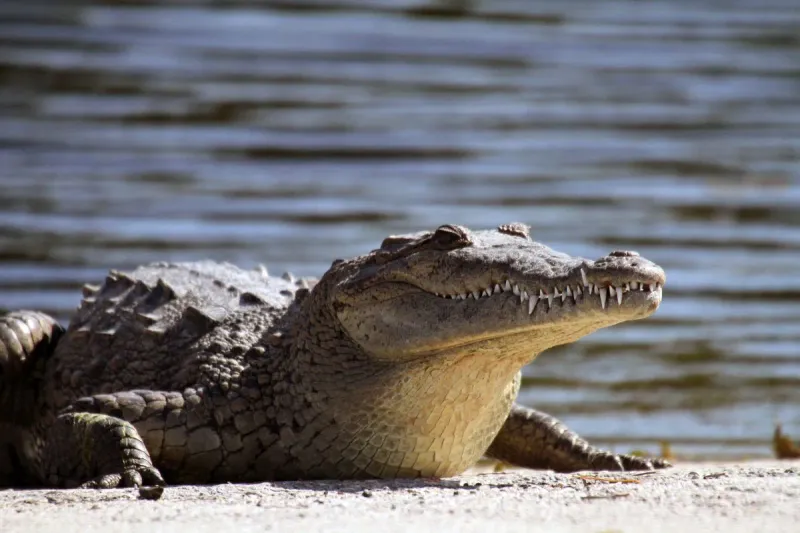
Rare visitors to southern Florida, these prehistoric predators are the largest reptiles on Earth. Males can reach over 20 feet and weigh more than 2,000 pounds!
Known for explosive ambush attacks, they can launch themselves from water with lightning speed. Their bite force exceeds 3,700 pounds per square inch—strong enough to crush bones instantly.
4. Brown Recluse Spider
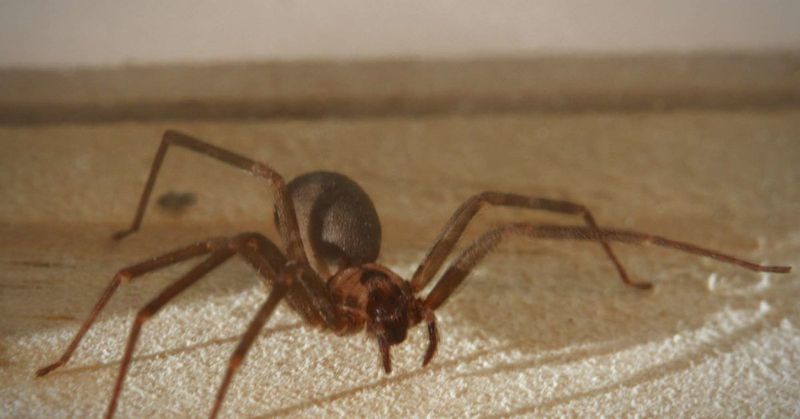
Don’t let its small size fool you—this violin-shaped spider packs a dangerous punch. Unlike most spiders that bite defensively, the Brown Recluse’s venom contains an enzyme that destroys surrounding tissues.
Bites can create ulcers that expand for weeks and leave permanent scars. These shy arachnids hide in dark corners, making accidental encounters in homes particularly concerning.
5. Mountain Lion (Cougar)
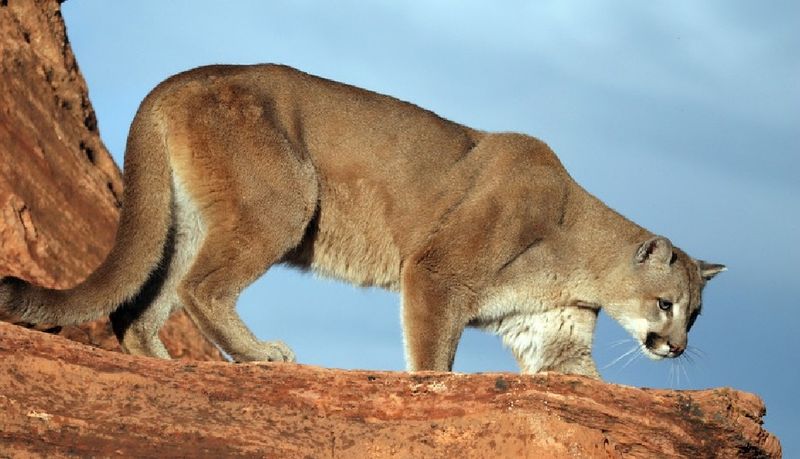
Masters of stealth, these tawny predators can leap 40 feet horizontally and 15 feet vertically. Their powerful build allows them to take down prey several times their size.
Though rarely seen by humans, mountain lions occasionally stalk hikers or joggers, especially at dawn or dusk. Their ability to attack without warning makes them particularly dangerous in wilderness areas.
6. American Bison
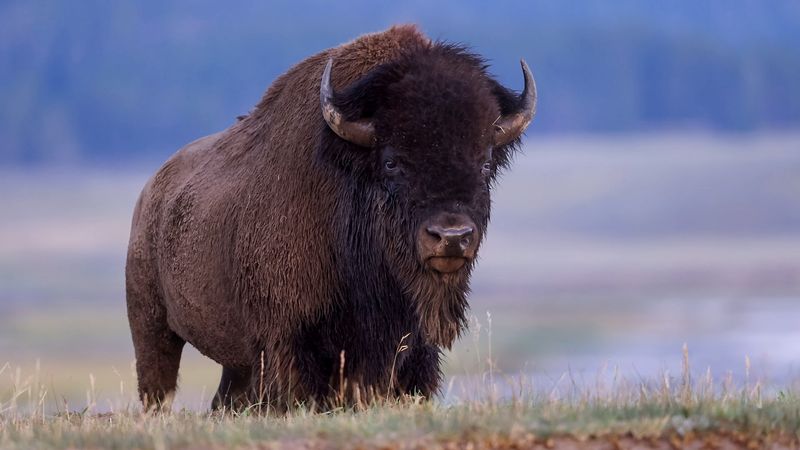
America’s largest land mammal can weigh up to 2,000 pounds and run faster than Olympic sprinters. Despite their bulky appearance, bison are surprisingly agile and unpredictable.
Every year, they injure more Yellowstone visitors than bears do. When threatened, they’ll lower their massive horned head and charge with enough force to launch an adult human several feet into the air.
7. Great White Shark
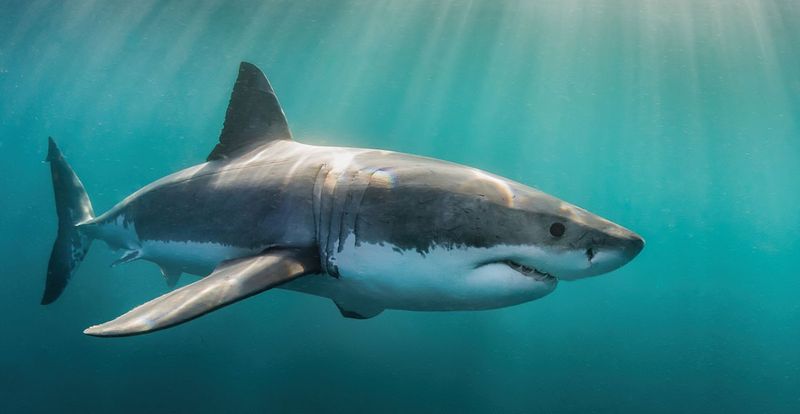
Armed with 300 serrated teeth arranged in multiple rows, these ocean predators can smell a single drop of blood from miles away. Their powerful bite delivers over 4,000 pounds of pressure—enough to sever limbs instantly.
While rare along U.S. coasts, great whites occasionally venture near popular beaches. Despite their fearsome reputation, most shark encounters are cases of mistaken identity rather than predatory behavior.
8. Black Widow Spider
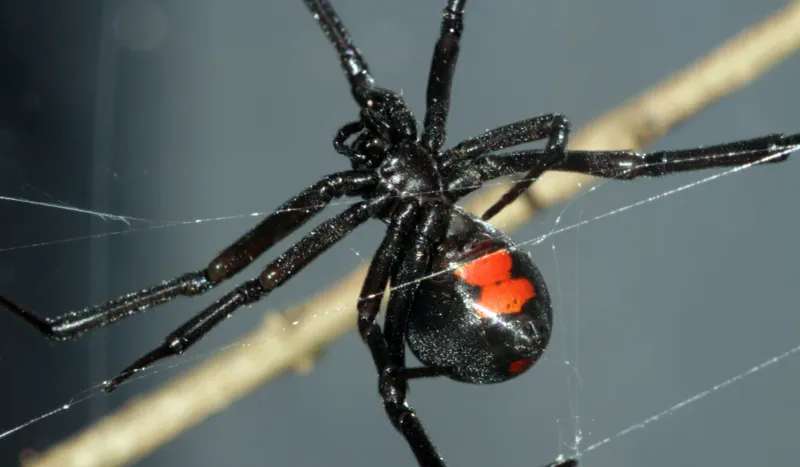
Recognizable by the distinctive red hourglass on their shiny black abdomens, these notorious arachnids have venom 15 times stronger than a rattlesnake’s. Fortunately, they inject very small amounts when biting.
Symptoms include intense pain, muscle cramps, and nausea. Despite their fearsome reputation, black widows are shy creatures that only bite when threatened, and deaths are extremely rare in modern times.
9. Alligator
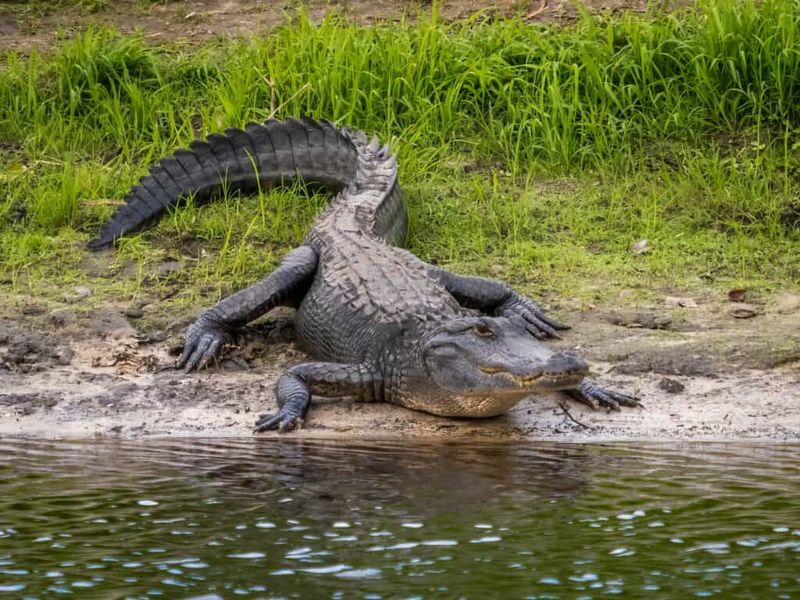
Lords of southern swamps, these ancient reptiles can exceed 13 feet in length and ambush prey with lightning-fast lunges. Their powerful jaws can snap shut with over 2,000 pounds of force.
While generally wary of humans, alligators become particularly dangerous during mating season or when protecting young. Never swim in waters where alligators might be present, especially at dawn or dusk when they’re most active.
10. Copperhead Snake
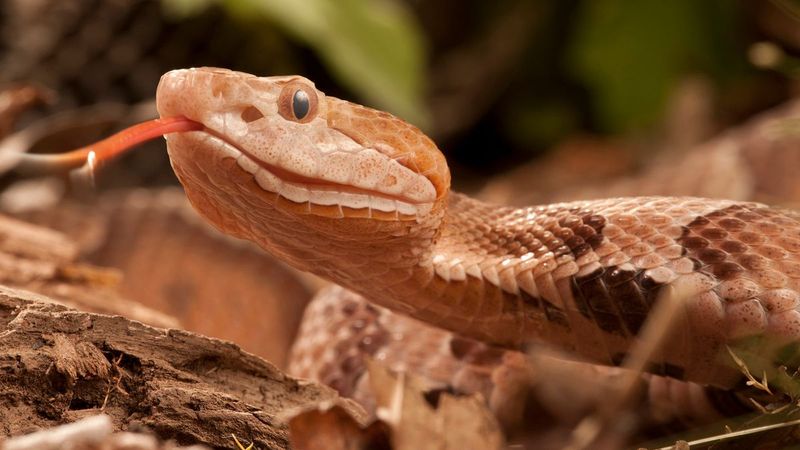
Masters of camouflage with their copper-colored hourglass patterns, these pit vipers blend perfectly with forest floor debris. Unlike rattlesnakes, copperheads strike without warning.
Their hemotoxic venom causes intense pain, tissue damage, and sometimes permanent injury. Responsible for more venomous snakebites in America than any other species, they’re frequently encountered on hiking trails and in suburban gardens throughout the eastern states.
11. Coyote
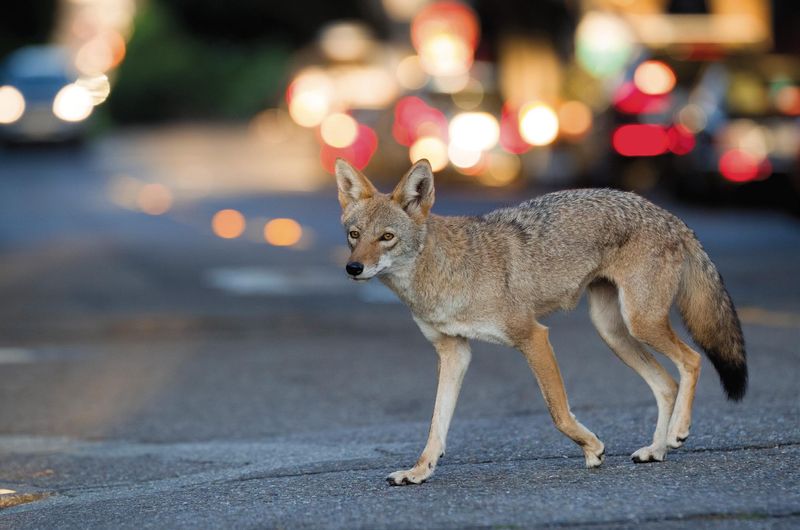
Unfairly villainized in folklore, coyotes are actually shy, intelligent creatures that rarely approach humans. These adaptable canids prefer hunting mice, rabbits, and other small animals that might otherwise become agricultural pests.
With their playful pup-raising and complex social dynamics, coyotes contribute positively to ecosystem health. Their haunting nighttime howls—often mistaken for large packs—are typically just family groups communicating across distances.
12. North American Deer (White-Tailed Deer)
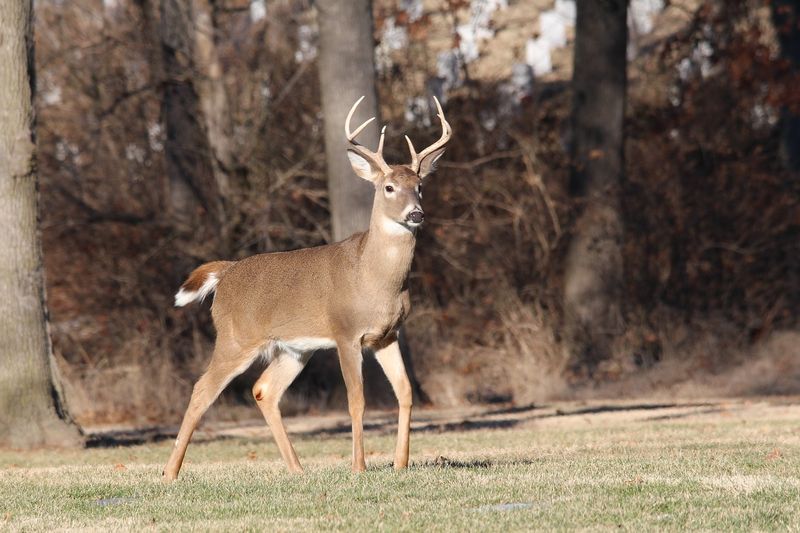
Those graceful bounds across meadows aren’t acts of aggression but displays of natural caution. White-tailed deer are inherently timid herbivores that flee at the first sign of potential danger.
Mothers tenderly care for spotted fawns, hiding them in tall grasses. Though car collisions cause concern, these elegant creatures actually help disperse plant seeds and maintain forest diversity through their selective browsing habits.
13. Garter Snake
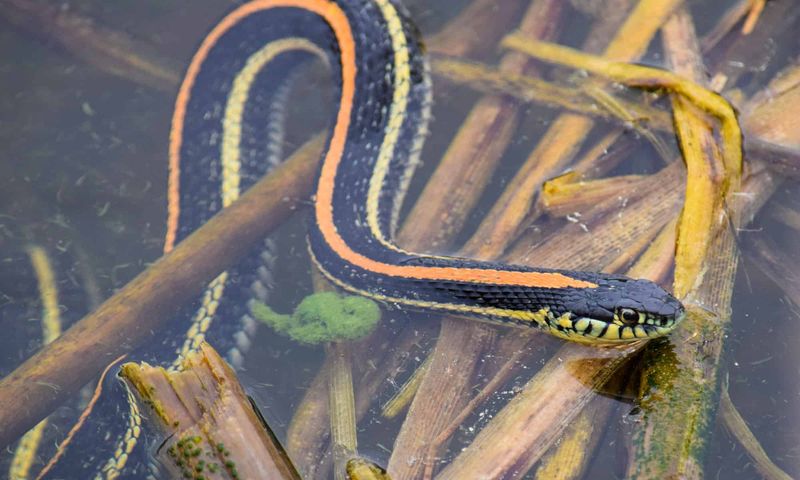
Often mistaken for venomous species, these slender, striped reptiles are actually garden allies. Completely harmless to humans, they control slugs, insects, and rodents that damage plants.
When handled, garter snakes might release a musky scent but rarely bite. Many gardeners welcome these docile creatures as natural pest control. Their presence indicates a healthy ecosystem, yet they continue facing unwarranted fear and persecution.
14. Beaver
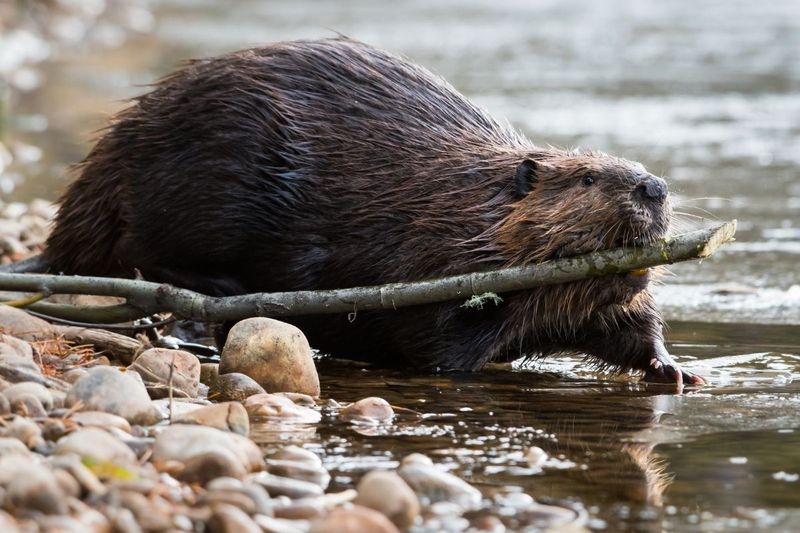
Nature’s engineers create wetland habitats that benefit countless species through their impressive dam-building skills. Beavers are surprisingly gentle vegetarians who form lifelong family bonds and communicate through tail slaps.
Their ponds reduce downstream flooding and filter pollutants from water. Though sometimes conflicting with human property interests, these buck-toothed builders actually improve water quality and create biodiversity hotspots wherever they establish their lodges.

